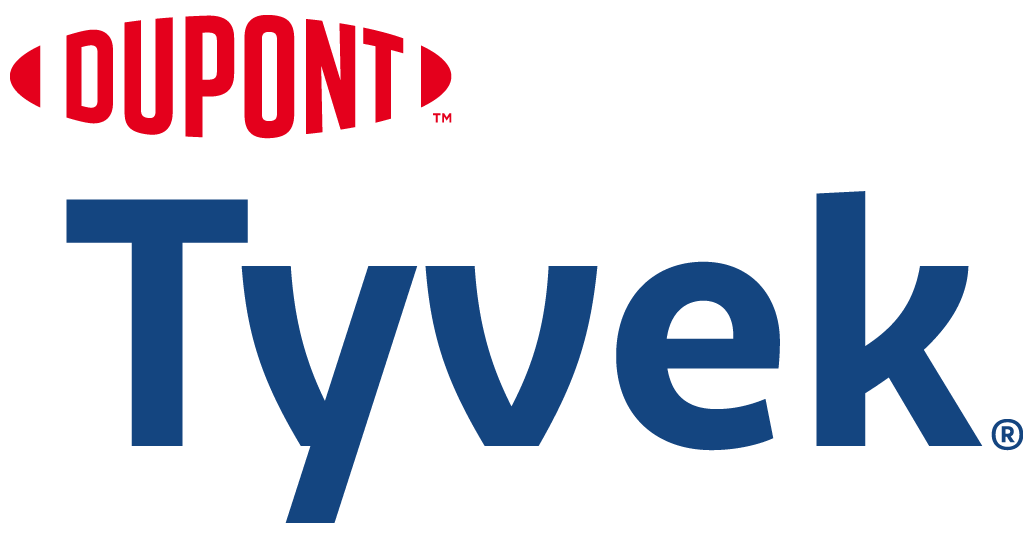The second day of the Cleanroom Technology Conference has now kicked off!
There was a fantastic buzz around the hall following the previous night's quiz and networking drinks. The Ansell-sponsored session saw the quizmaster dressed in a cleanroom gown, to the delight of delegates.
Exhibitors were going ready and waiting going into the second day, many with solid leads. So spirits were high among all delegates.
Moving into the conference, the day started off with a talk from Tim Triggs from ATi on cleanroom testing and operations.
Triggs pointed out some old terminology still being used that we should be phasing out such as laminar air flow, and newer terminology that is gaining traction, such as first air.
The Q&A session for Triggs saw many good conversations, too, about equipment qualifications, alarm delays, and more.
Next up on the day's agenda was Steve Marnach from DuPont. Marnach gave a talk about validating protective cleanroom garments, with regard to the 2022 GMP Annex 1.
Marnach told delegates that with the new Annex 1, when you have microbial growth in a Grade A cleanroom, you need to understand where it is coming from. Marnach referenced a recent study from Dr Laurie Smith, who did this and found that 90% was from operators. This underlines the importance of garment qualification. To add a piece to this puzzle, Marnach also stressed how important it is to look at your garments' filtration efficiency when they are well-used, not just when they are new.
Andrew Wert from CertAir was next up giving a talk about AI and robotics in cleanroom certification. Wert spoke about product design with regard to these, as his start-up company is working on an automated solution for filter integrity testing.
The air quality expert spoke about an often unacknowledged fact that what people say vs what they do can be totally different things. When designing an automation product, you need to observe people without them knowing that you are observing them. "How people actually perform a task can vary from what they would present to you," he said.
Automation can be a game-changer for this problem. Wert spoke about the filter integrity testing automated product that they provide and compared it to manual processes. But he says they are by far not the only ones. "38% of new sterile pharma production lines since 2022 use robots," he says.
The next talk from Matthias Angelmaier from Exyte's PharmaPlan also focused on robot applications. However, this time it was for aseptic fill-finish processes.
Angelmaier said that robots create turbulent air, and 10-12 years ago when he first starting working on robotic fill-finish, no one was looking into this and taking care of "first air". "Now people give it more thought," he says.
He followed by showing some CFD study results from Syntegon and IMA showing robotic arms in these applications that aimed to optimise robotic movements to protect "first air".
With the increasing importance of this concept in recent years, this is something that all future robotic solutions will have to handle effectively.
Jo Fabb from Ansell was up next for a talk about identifying what you need in a cleanroom garment.
Fabb started out with a quick look at some of the cautionary tales in incorrect gowning, such as the fungal meningitis outbreak in the US in 2012 that caused 64 deaths. Employees from New England Compounding Center (NECC) received criminal charges as a result of this outbreak, highlighting the real world consequences of negligence on this matter.
Fabb also put the single-use vs reusables head to head for a comparison, discussing how your needs might determine what is best for you.
Well-known industry figure Haşim Solmaz from ICCCS and Lighthouse Worldwide Solutions was up next to the lectern. Solmaz was delivering a presentation on risk-based cleanroom monitoring plans.
Solmaz reminds delegates that more sampling does not mean better control. He tells the story of a US customer who wanted 8 particle counters rather than 5, despite a risk assessment that recommended 5. The 8 counters were then queried by the FDA in an inspection as unusual.
Wrapping up the conference, was Solmaz's Lighthouse colleague, Jason Kelly. His presentation covered pharma 4.0, the goal of continuous manufacturing and the need for digital environmental monitoring (EM) data systems.
Kelly says that pharma 4.0 matters as it quickens speed to market, which is beneficial to both the supplier and the patient, truly making a difference. But it is not just the manufacturing, but the EM that will need to be digitised for pharma 4.0. "We are moving towards all sensors being integrated," he states.
A LIMS (Laboratory Information Management System) is one of the key concepts here. From the room, a few hands were raised in response to the question of who is using a LIMS. This system is taking hold, slowly but surely, as these products become not just more developed, but more their industry becomes more mature.
So, the talks wrapped up. The exhibitors packed up. And that was the Cleanroom Technology Conference over for another year. The team can't wait to see you all again next time!





